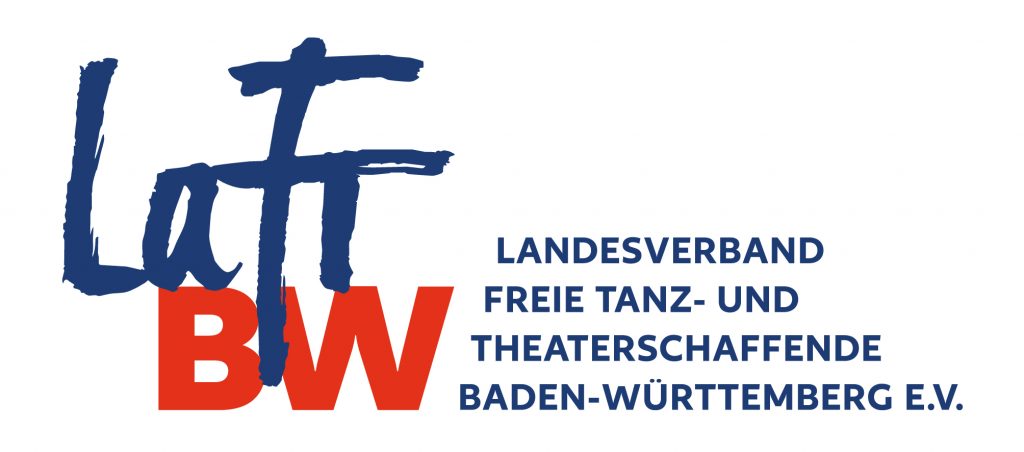-
Schaubude Berlin
Greifswalder Str. 81-84
ÖPNV
10405 Berlin
»Greifswalder Straße«
-
S8, S85, S41/42 (Ring)
M4
158
-
The Story of Maus, the Enchanted Royal Child
- Lukas Schneider Figurentheater, Stuttgart
- Duration 50 Minutes
-
in German spoken Languagefrom 7
- Children 7,00 € | Groups with JKS voucher 5,00 € | Groups without JKS voucher 5,50 € | Adults Supporter 15,00 € | Regular 10,00 € | Discounted 9,00 €
Puppet theater with live music, inspired by the Finnish fairytale The Bride from the Forest
Three brothers lived at the edge of the forest. Their parents said: “Cut down a tree and follow its treetop, it is time to get married.” The older two find their true loves, but the youngest follows the tree into the forest. There he meets Maus, small, but lovable. A little anxious, he decides to take Maus home and show her around. Something wonderful, however, happens on the way home.
This a musical piece of puppet theater about a magical journey, mysterious creatures and a love that does not care at all about the outside world.
There will be an audience talk after the 10 a.m. performances.
Notes on accessibility: Information about the accessibility of the venue in structural terms can be found here.
Dates
12.11. Wed
13.11. Thu
14.11. Fri
Performance
Lukas Schneider, Nasti, Johannes Worms
Idea, concept
Lukas Schneider, Hannes Kapsch, Nasti, Johannes Worms
Direction
Hannes Kapsch
Music
Nasti
Figure design, stage design
Lukas Schneider
Consulting stage design, costuemes
Ariane Königshof
Film documentary
Álvaro García
Outside Eyes
Jonas Arndt, Emil Fischer, Eva Mario Hasler, Ida Liliom
Light design, Technique
Emil Fischer, Lukas Schneider
Theater pedagogy
Claudia Dürr
Film documentation
Álvaro García
Co-production with
FITZ, Stuttgart
Cooperation with
Schaubude Berlin
Funded by
Stadt Stuttgart, Fonds Darstellende Künste aus Mitteln der Beauftragten der Bundesregierung für Kultur und Medien
This performance is made possible by the guest performance funding of the Landesverband Freie Tanz- und Theaterschaffende Baden-Württemberg (LaFT BW) e.V. (State Association of Independent Dance and Theater Artists of Baden-Württemberg). LaFT BW e.V. is funded by the Baden-Württemberg Ministry of Science, Research, and the Arts.
Supported by
TAT Rottenburg










